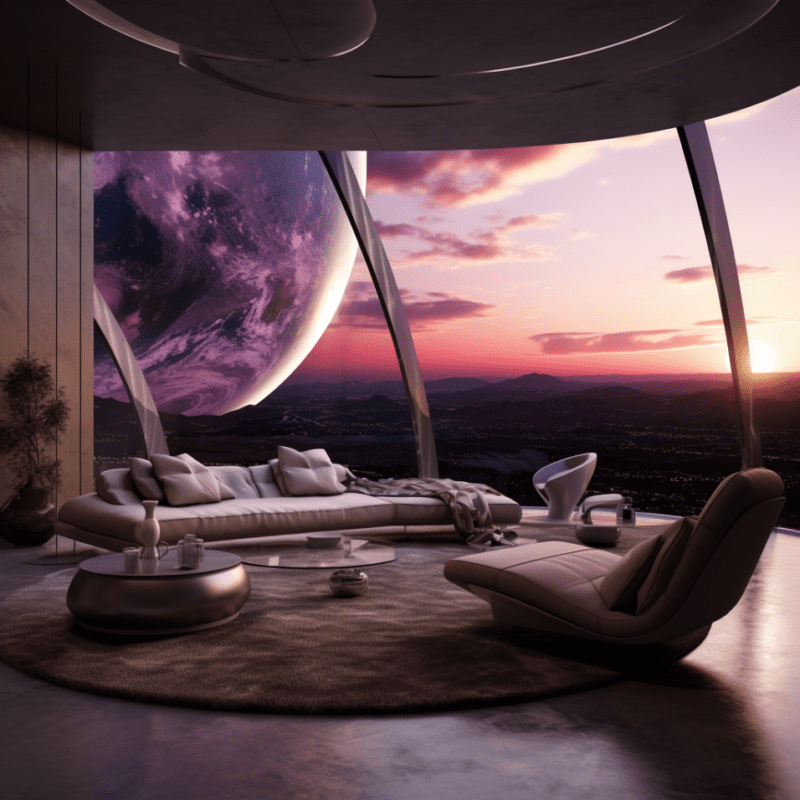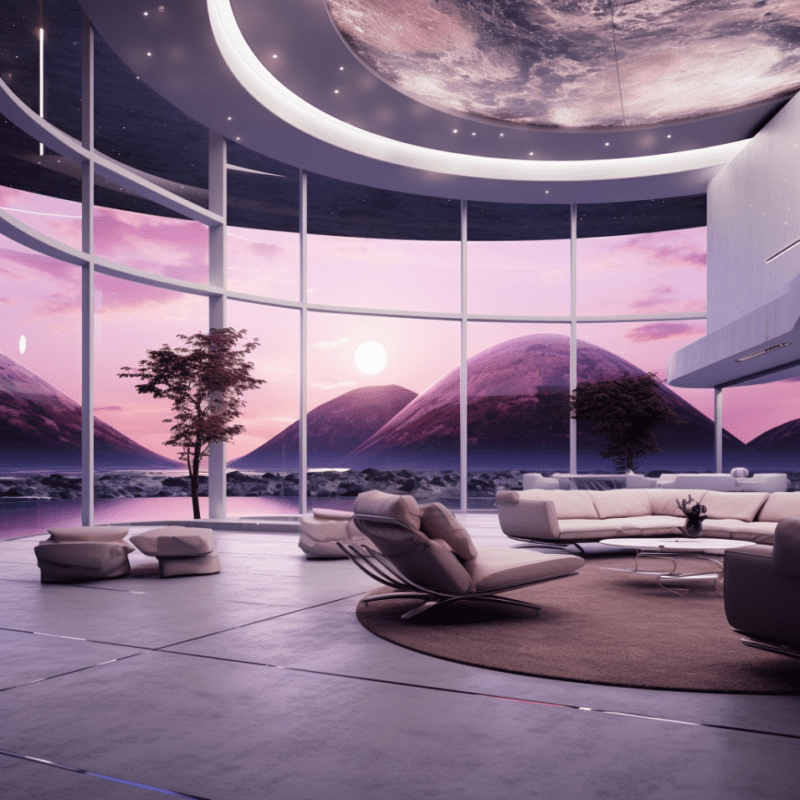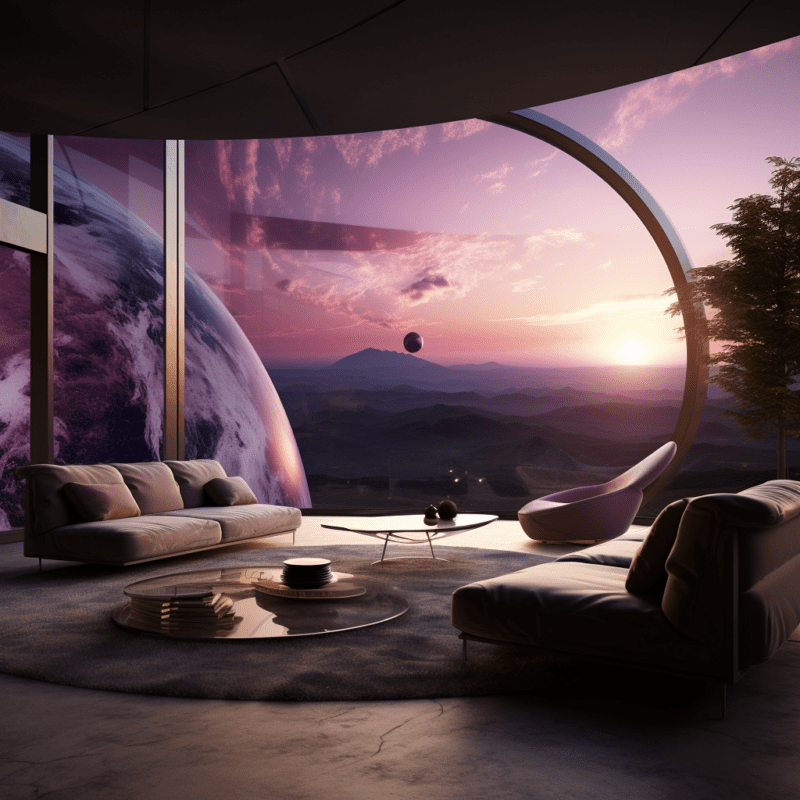For ages, humans have used smart technology systems to perform time-consuming and repetitive activities. Smart technology has revolutionized various industries, including manufacturing, automobile, and medicine. In the same way, artificial intelligence has transformed the architecture, engineering, and construction industries substantially.
AI technology has made exceptional innovations in the field of architectural renderings, revolutionizing the way architects and designers visualize and communicate their ideas. Ultimately, AI provides intelligent automation, creative exploration, and design support for architects, opening up new opportunities for architectural design.
How Does Architectural Rendering Work?
Table of Contents
Architectural renderings, often known as architecture visualizations or illustrations, are visual representations of architectural designs. They are designed to illuminate and demonstrate the projected appearance and features of a building structure or area before it is constructed.
Architectural renderings can be presented in different forms, such as 2D images, 3D models, animations, or VR experiences. 3D renderings usually illustrate the exterior facade, interior areas, landscaping, and other architectural features of a project, providing a realistic representation of how the finished building structure will look and feel.
Unlocking the Potential of Artificial Intelligence (AI) in Architectural Rendering
Rise of Expert Algorithms in 3D Visualization

The emergence of AI in architectural rendering has transformed the way architects and designers bring their concepts to real life. AI has become a vital tool in the creation of highly realistic and immersive architectural illustrations due to its ability to analyze complex data, learn from current designs, and comprehend real-world environments.
By improving accuracy, optimizing operations, and offering design support, AI is revolutionizing the architectural and engineering sectors. As a result, the integration of smart technology with architectural rendering will certainly impact the industry, opening up new possibilities for architectural creativity and innovation.
Harnessing the Benefits of AI for Architectural Rendering
As smart information technologies develop, the integration of AI in architecture rendering provides various advantages to the sector. Here are some of the primary benefits of AI in architectural rendering:

Enhanced Realism
Artificial intelligence algorithms can generate construction visualizations with precise lighting conditions, material textures, and ambient elements. As a result, 3D renderings improve authenticity in architectural renderings, allowing architects and designers to better visualize and comprehend the design.
Time and Cost Efficiency
The time and cost associated with human rendering procedures are considerably reduced by AI systems. Artificial intelligence can generate 3D renderings quickly, allowing architects to provide various design ideas to stakeholders in a shorter turnaround time, decreasing project timelines and costs.
Sustainable Design Solutions
Intelligent retrieval systems can analyze extensive data and provide comprehensive recommendations for sustainable design. Thus, AI can help designers make realistic designs and promote green building standards by taking into account architectural elements such as energy efficiency, material utilization, and environmental effect.
3D Modeling
Architectural drawings can be analyzed using artificial intelligence to generate accurate 3D models and visualizations. Expert systems can reconstruct architecture or building trades in three-dimensional structures by analyzing architectural features and drawings. This eliminates the need for manual modeling and streamlines the architectural rendering process.

Exploring Creative Designs
AI technology enables architects to efficiently research and experiment with innovative design concepts. AI can create various design alternatives based on predefined parameters, allowing architects to promptly consider multiple solutions. This iterative method encourages innovation and brings up new design options.
Automating Monotonous Activities
AI can automate several time-consuming and repetitive tasks in architectural renderings, such as generating floor plans, optimizing space utilization, and extracting information from architectural drawings. As a result, automation eliminates human error, saves time, and allows designers to concentrate on strategic functionalities.
Effective Collaboration and Communication
AI technology enables architects, designers, and clients to partner and communicate more effectively. AI algorithms enable stakeholders to efficiently explore and engage with 3D renderings. As a result, AI integration allows for real-time design reviews and conversations, promoting efficient decision-making and increasing client satisfaction.

Wrapping Up
Expert systems have transformed the realm of 3D renderings, providing architects with unprecedented capabilities and efficiencies. AI has become an essential resource to architects globally, easing the design process and improving project completion and turnaround times.
As technological knowledge advances, architects and designers can expect even greater architectural developments, with expert systems paving the way toward more efficient, creative, and sustainable architectural processes.
** All renderings have been created using Midjourney AI

